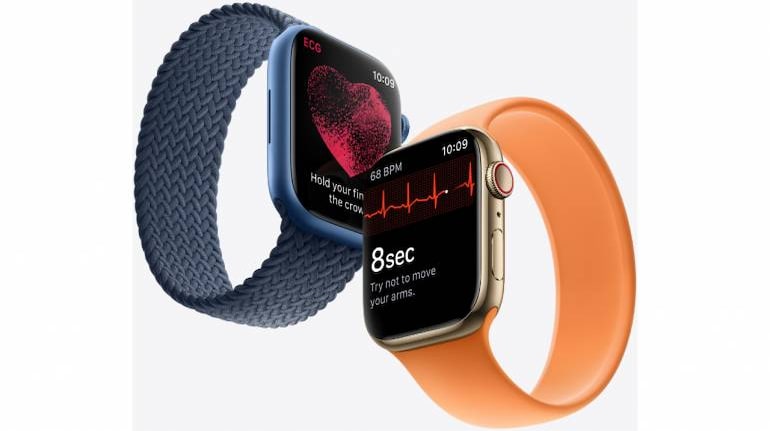



A pre-pandemic survey by CignaTTK Health Care Insurance showed that 89 percent of respondents in India are stressed (compared to the global average of 86 percent) due to work and financial issues. The figure is even higher among millennials (95 percent). The survey also discovered that one in eight people have serious trouble dealing with stress, with millennials suffering more than other groups. It confirms what we already know. Stress is endemic in corporate India and many Indians are now turning to wearable tech to help them cope.
Stress is everywhereLast year, researchers from the US Army and Booz Allen Hamilton announced that they’re asking soldiers to wear smart rings and watches with the goal of helping them handle stress better. The hope was that this would make the soldiers more efficient in training, combat, and in life; 1,500 soldiers have taken part with wearables that track everything from heart rate, body temperature and other physiological data and measure how soldiers respond to stress and physical activity. More studies are planned and it’s likely that wearable devices could become part of the uniform.
How wearables track stressAlmost all smartwatches and activity bands use heart rate variability (HRV). In simple terms, this is the interval between two heartbeats. This is different from heart rate (or beats per minute, BPM). A higher HRV is a good sign while a lower HRV is usually an indication of fatigue and stress. Sometimes smartwatches can’t tell the difference between excitement and stress. Both distressing and exciting events can trigger this nervous-system response. For instance, if you’re not moving but your heart rate is high, your watch could still register a high stress level. Brands like Garmin and Fitbit also focus on stress tracking with relation to workouts and fitness routines.
A ring for stress measurementFinnish company Moodmetric offers a ‘group measurement’ option that tracks stress levels and stress management of teams or large organisations. The company developed a ring using EDA sensors to keep tabs on stress levels at the workplace. The ring records stress continuously for approximately 12 hours. The data can then be synced with its smartphone app via Bluetooth. Employees are introduced to the fundamentals of stress management and how to make use of the data they receive from the Moodmetric smart ring.
EDA sensors in stress measurementThe Fitbit Sense became one of the first widely available smartwatches to measure your body’s response to stress with a multi-path sensor. The Sense detects tiny electrical changes called electrodermal activity (EDA). When we are stressed, our blood vessels dilate and induce a subtle but measurable 0.1 to 0.2°C increase in the skin temperature. Fitbit then also rolled out this feature to its Fitbit Charge 5 fitness band.
Best wearables for stress trackingFitbit Sense: Aside from its EDA sensors, Fitbit also uses heart rate variability (HRV) to arrive at its stress scores. Fitbit users can see a daily Stress Management Score in the Fitbit app ranging from 1 to 100 - where a higher number means you’re showing fewer physical signs of stress.
Fitbit reserves some features for its Fitbit Premium members (free for six months with the Sense and then Rs 999/year). This includes a detailed breakdown of the three metrics that form the score: responsiveness, exertion balance and sleep patterns.
Finally, Fitbit adds what is calls ‘Reflections’. Users can log in how they’re feeling – from Very Calm to Very Stressed - to gain awareness of their emotional well-being and how it changes. These ‘Reflections’ and Stress Management Scores give a picture of how well they’re handling stress. (Rs 20,300)
As someone who keeps evaluating wearables, I will add a caveat that the data is meant to be directional at a high level and just like ECG trackers, not surgical or absolutely precise. It’s a handy indicator and often provides a timely intervention, but don’t stress about it till you get a medical opinion.
Discover the latest Business News, Sensex, and Nifty updates. Obtain Personal Finance insights, tax queries, and expert opinions on Moneycontrol or download the Moneycontrol App to stay updated!
Find the best of Al News in one place, specially curated for you every weekend.
Stay on top of the latest tech trends and biggest startup news.